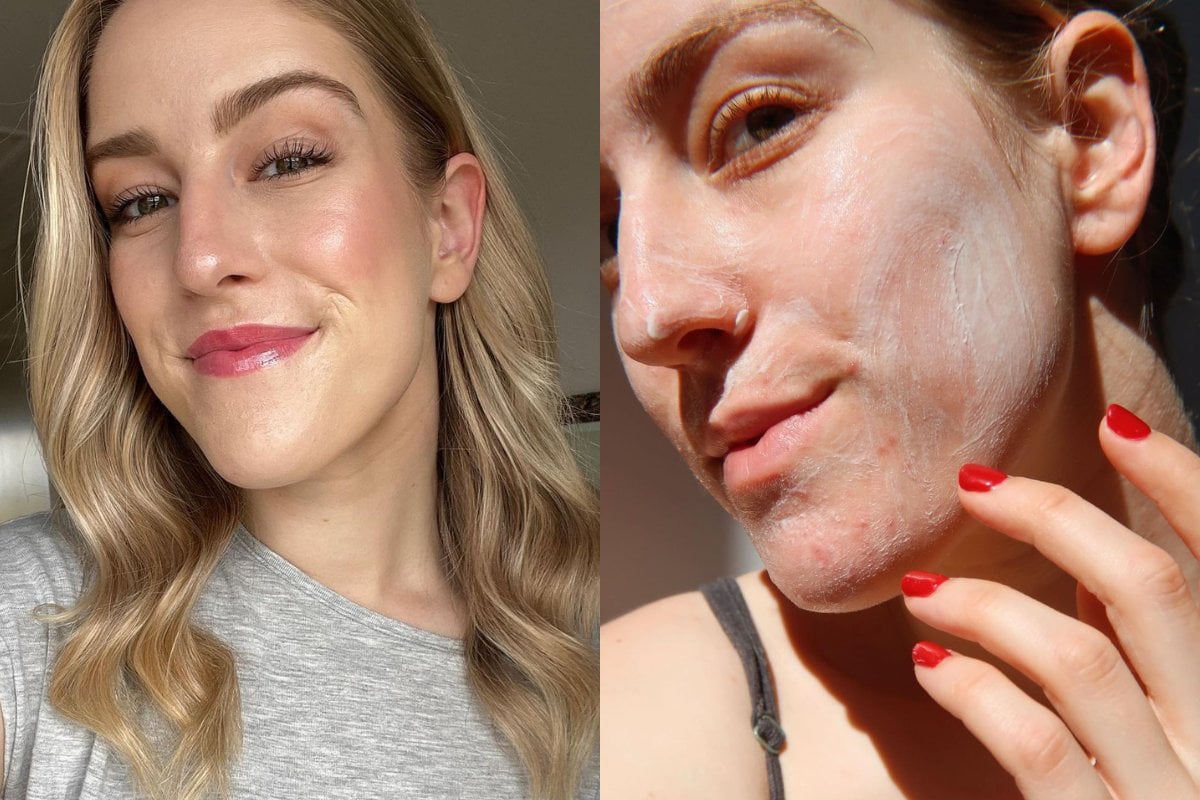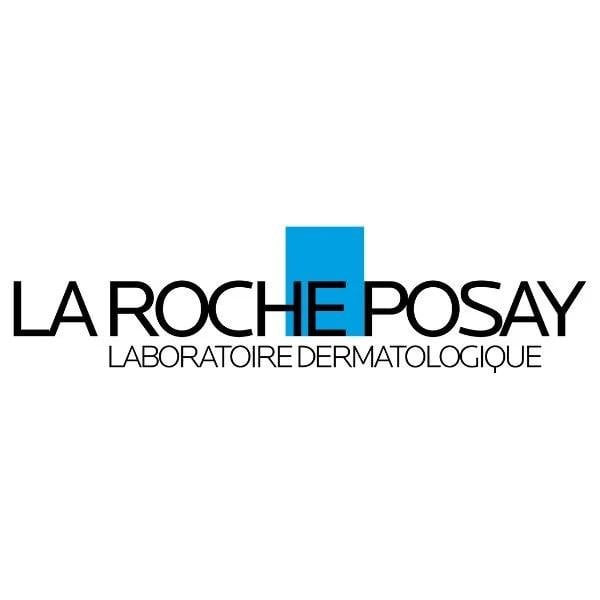

We all have our own go-to skincare ingredients. The ones we go for when our skin needs some love, when we are too lazy to do a full routine, or when we are on-the-go. For me, it’s vitamin B5.
La Roche-Posay's Cicaplast Baume B5+ Balm Cream is a cult product online, and has been my go-to vitamin B5 product of the last few years. Recently it's actually been reformulated – now powered by microbiome science for better skin moisture barrier repair.
If you've not gotten your own hands on it before, it's a dermatologically-tested, multi-repairing hydrating balm which can be used for pretty much... anything. Whether it's to nourish extreme dryness from the changing of season, soothe post-procedure skin, or soothe rough skin after being in the garden all day, it will work for you.
Plus, with its 5 per cent vitamin B5, it also has a unique prebiotic complex called tribioma, and an intense hydrating formula enriched with madecassoside, an ingrediemt which helps to reduce inflammation, reduce redness and itching.
Vitamin B5 is having a bit of a *moment* again, so here's my guide on what exactly you need to know about it.
What actually is vitamin B5?
A solid place to start. Found in a variety of food sources, vitamin B5, also known as pantothenic acid, is a water-soluble essential nutrient. In basic terms, it’s a great in holding water in the skin, moisturising and leaving it soft, smooth and supple (goals, right? Right).
But to get the benefits of it through food, you’d have to eat a lot of it. Luckily, the ingredient is used in a number of skincare products, so it’s easier to get the benefits than you might think.